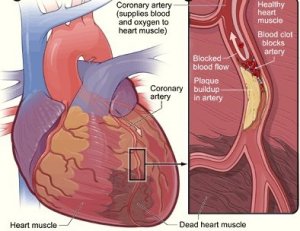| News / Science News |
Natural protein points to new inflammation treatment
NIH | APRIL 2, 2016
Increasing the level of a naturally-produced protein, called tristetraprolin (TTP), significantly reduced or protected mice from inflammation, according to researchers.

Structure of the ZFP36 protein (TTP). ![]()
The results suggest that pharmaceutical compounds or other therapeutic methods that produce elevated levels of TTP in humans may offer an effective treatment for some inflammatory diseases, such as rheumatoid arthritis, psoriasis, and multiple sclerosis.
Inflammation has been proven to play a major role in a number of normal processes in humans, but it also fosters diseases, many of which are increasing in prevalence and severity. The development of new therapies for treating inflammatory diseases could greatly reduce the growing health burden.
A team from National Institute of Environmental Health Sciences genetically altered the TTP gene in mice, so that the animals produced higher than normal amounts of the TTP protein. The mice were then tested using experimental models of rheumatoid arthritis, psoriasis, and multiple sclerosis. Experimental models are used to study processes thought to be involved in human diseases, and to evaluate and select therapies that affect these processes.
Mice with more TTP in their bodies were resistant to the inflammation that accompanied these experimental models of disease.
The TTP exerts its beneficial effect by targeting several messenger molecules that encode cytokines, proteins known to be involved in inflammation. TTP binds to these molecules and destabilizes them, resulting in lower levels of cytokines and, thus, decreased inflammation.
The TTP-based treatments would be cost effective and easy to administer. Future work will seek to identify compounds that have similar effects on the levels of TTP in the body.
YOU MAY ALSO LIKE



